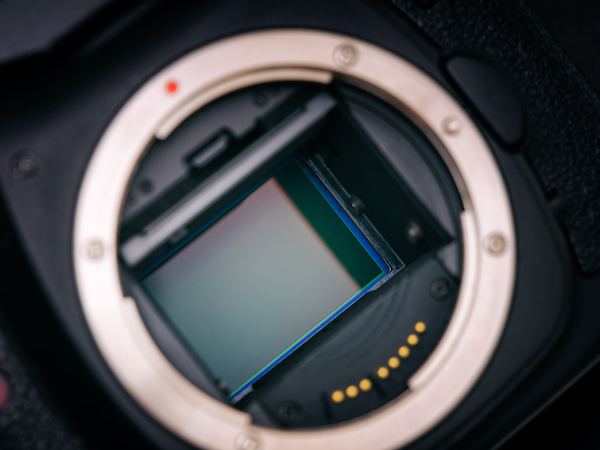Today’s two main types of image sensor technology are used in digital cameras: CCD and CMOS. Both have their benefits and cons, but which one is ultimately better? Let’s examine each technology to find out.
The term “complementary metal-oxide-semiconductor” refers to CMOS technology. A CMOS sensor automatically converts the charge from a photosensitive pixel to a voltage at the pixel site.
A CCD sensor is called a “charged coupled device,” which converts light into electrons. It works similarly to a CMOS sensor in converting sunlight into electrons.
Industries Where CCD Ad CMOS Are Common
CCD and CMOS technology are standard in various industries, from medical imaging to security cameras. For example, these technologies create high-resolution human body images in medical imaging. Security cameras also use CCD and CMOS technology to provide clear, uninterrupted footage.
Additionally, these technologies are critical in industrial applications such as machine vision and inspection. For example, machine vision systems rely on CCD and CMOS sensors to capture images of objects in motion, while inspection systems use these technologies to identify defects in products.
Ultimately, CCD and CMOS technology are essential for several industries that require high-quality image capture. While similar, there are some notable differences. Let’s discuss.
CCD Is Older Technology
CCD sensors have been standard equipment in digital cameras for many years. CCD sensors work by having electrodes charge each pixel in the sensor according to the amount of light that hits it. After, the charge is read out and converted into a digital signal.
One advantage of CCD sensors is that they tend to have excellent image quality, low noise levels, and incredible detail. They also are generally more robust and less susceptible to damage.
CCD Uses More Power
However, CCD sensors have a few disadvantages. They require more power than CMOS sensors, which can be a problem in battery-powered devices. They are also generally more expensive to produce. A CCD sensor may consume up to one hundred times more power than a CMOS version in certain instances. That’s enough of a difference to notice!
These two drawbacks are significant, especially for anyone trying to keep expenses low. Most manufacturers are going with CMOS sensors because of the lower price and an optimal set of perfect features for video.
CMOS Sensors Are Standard
CMOS (complementary metal-oxide-semiconductor) sensors are the newer of the two technologies and have primarily replaced CCDs in most digital cameras. CMOS sensors work by having each pixel in the sensor act as a tiny solar cell. When light hits the pixel, it generates a small current converted into a digital signal.
CMOS Has Advantages
CMOS sensors are often smaller than CCD sensors, making them more ideal for space-sensitive applications.
When the size is a crucial factor, CMOS wins out. However, the minor draw on power is also essential, allowing for less frequent charging. One advantage of CCD sensors over CMOS is that they produce higher-quality images. CCD sensors also tend to be more light-sensitive, making them better suited for low-light conditions.
Which Is Best?
Which type of sensor is better? A CCD sensor is probably the way when you require the highest possible image quality. On the other hand, the CMOS sensor is probably better if you need a power-efficient or compact system.
CMOS Is Preferred
Machine Vision Camera makers are choosing CMOS more often than CCD. The main reasons are the cost-effectiveness and fast-growing feature set. CMOS sensors deliver high speeds, low sensitivity, and high levels of fixed pattern noises.
Since accurate video at a low cost is a winning feature, expect to see CMOS sensors in many Machine Vision Cameras. In addition, as customers demand more excellent performance, the newer sensors and high technology UV lens featured in CCTV systems are in high demand. The lower price and lower energy requirements ensure that CMOS sensors remain common.
You’ll find CMOS sensors in most industries that use Machine Vision Cameras, including medical, scientific, and the industrial market. Machine vision systems need high framerates for real-time image processing automation and analysis. CMOS sensors deliver the performance at a reasonable price, making them the standard selection.
Many innovations are on the horizon for CMOS sensors, including remarkable advances in framerates. For that reason, they will likely remain the best sensor for machine vision in the coming years. In addition, quality imaging helps applications get better. For example, the data is more refined and has higher resolution, making video analytics more accessible.